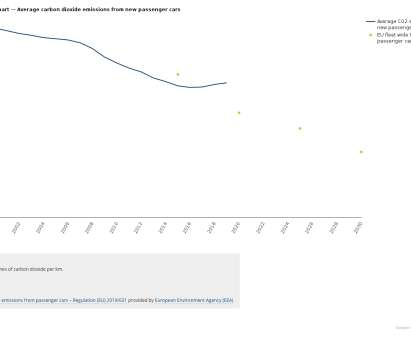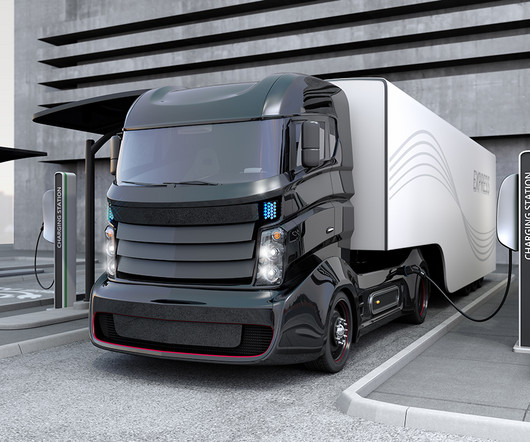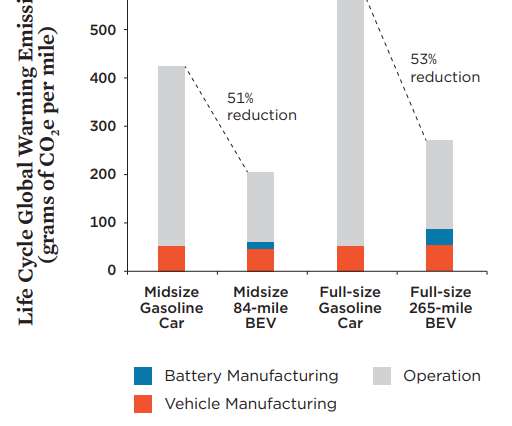EEA final data shows average car CO2 emissions in Europe kept increasing in 2019
Green Car Congress
JUNE 2, 2021
Most new SUVs registered were gasoline vehicles, with average emissions of 134 g CO 2 /km, which is around 13 g CO 2 /km higher than other new gasoline cars. In 2019, as in 2018, gasoline cars were the most sold passenger vehicles, constituting 59% of all new registrations. Electric vehicles constituted 3.5%







































Let's personalize your content